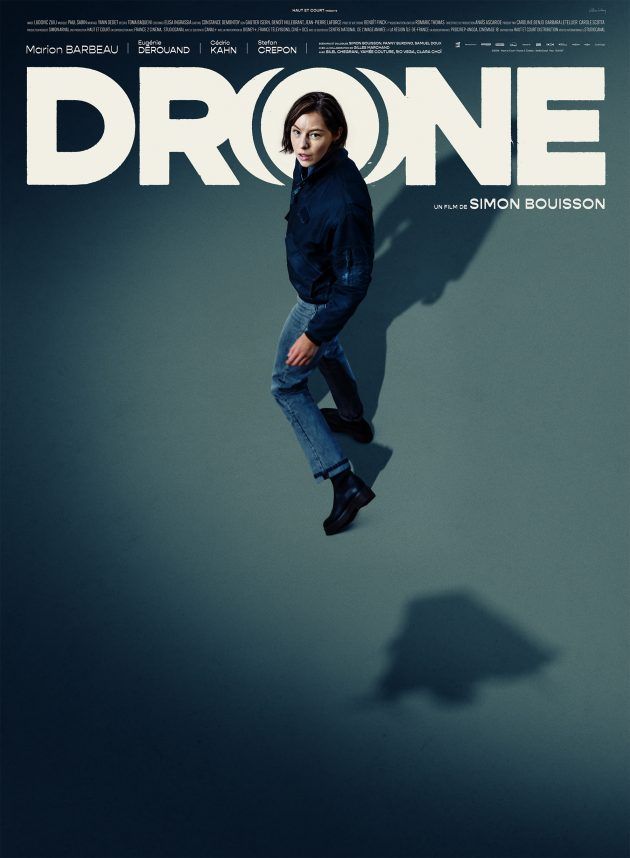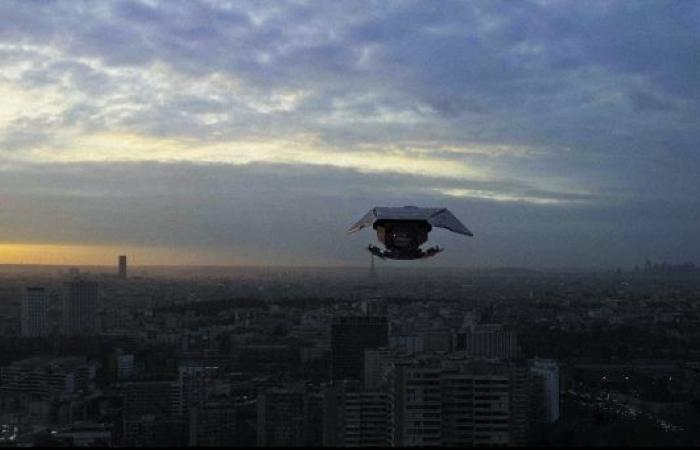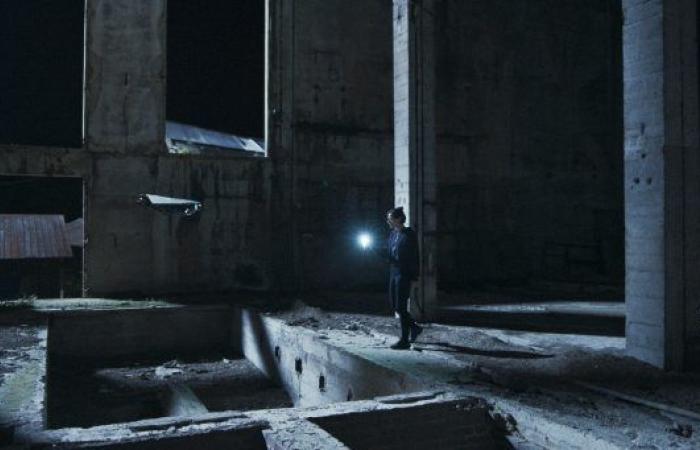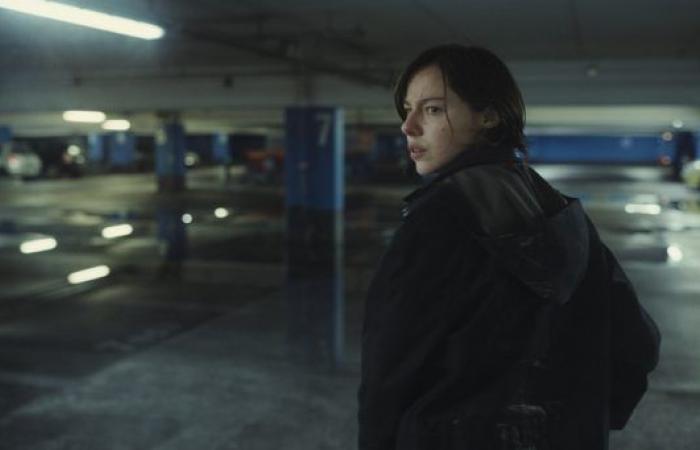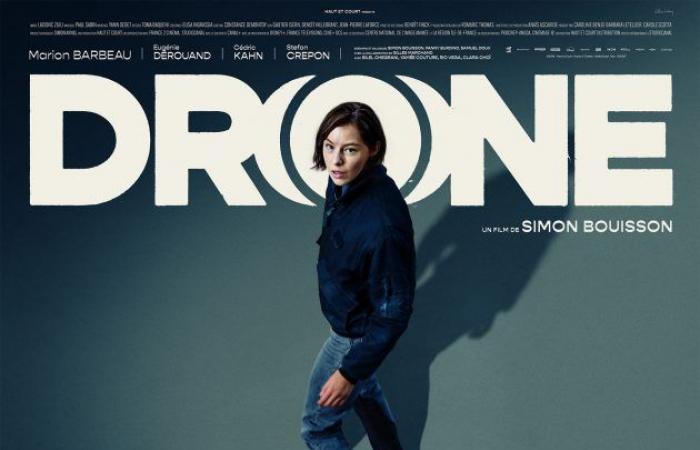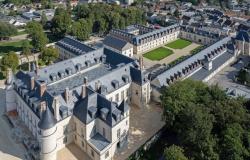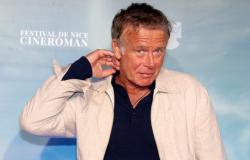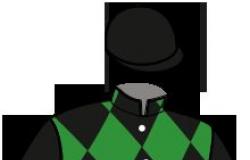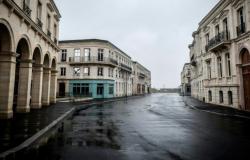Face Drone
How to film paranoia? As a technical art, cinema maintains a form of race with the technological possibilities of the camera tool, between attraction and repulsion. On the one hand, these developments continue to renew the language of the medium and its grammar. On the other hand, they carry within them the fears of our societies increasingly haunted by ultra-security.
In the 1970s, Francis Ford Coppola used telephoto lenses and long focal lengths. Secret conversation this inquisitive menace, capable of zooming in and scrutinizing the life of any citizen. With the 90s and 2000s, filmmakers like Tony Scott (Enemy of the State) et Paul Greengrass (Jason Bourne) opted for another method. The overcutting of their sequences and the multiplicity of their angles reflected an impossible escape from globalized surveillance, and simplified by the emergence of the Internet.
But until then, the cameras were still generally fixed. With the arrival of the military drone, and its democratization in sports piloting and cinema, another concern has emerged. From now on, the mechanical and voyeuristic eye can move everywherewith disconcerting ease and discretion. However, the spectacular tracking shots enabled by the drone, and its ability to infiltrate improbable spaces, were ultimately little used by feature films.
While music videos and advertising have embraced this aesthetic novelty, the seventh art has mainly taken advantage of it to replace tedious processes (aerial shots by helicopter). If we remove Ambulance of this seriously ill Michael Bay, a chase through the streets of Los Angeles where drones skim the walls and plunge into the heart of a chaos that is also ultra-monitored, few films have exploited the specificity of the tool .
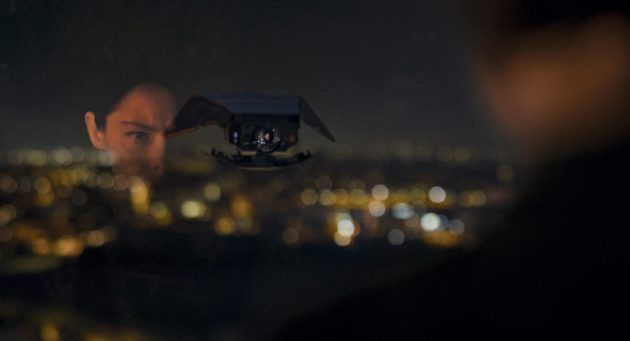

Is it a bird? Is it a plane?
Unless, like the examples cited above, the explicit prism of the paranoid thriller is needed to open the way. It is for this reason that Drone seems as modern as it is life-saving. From its introductory tour de force, taking the form of a long aerial ballet which follows a jogger before stopping on the apartments of a Parisian building, this rereading of Fenêtre sur cour unfolds the rather terrifying extent of its terrain of game.
It’s all the smarter since Emilie (Marion Barbeau) is an architecture student, who learns for her classes at “reinvest space”to perceive places and their usefulness from a new angle. But to be able to finance his seminar and his accommodation in the capital, the young woman makes ends meet with cammingthe act of engaging in acts of a sexual nature online for remuneration.


Emilie’s body is already subject to a devouring gaze, which takes a nightmarish turn when a drone begins to follow her in her daily life, collecting substantial transfers. This neutral eye, which is intended to be both mute and deaf (wonderful scenes from the point of view of the camera, where the sound is muffled) initially marks his absence of humanity. But soon, he metaphorizes a drive that goes beyond the machine ; an intrusive and obsessive gaze, which questions us about our own place in its system.
Certainly, Drone is in itself only a reinvention of Voyeur by Michael Powell, carried by a scenario that is a little too obvious in its structure. Emilie understands too late that she has made a Faustian pact with this abstract entity, which interferes more and more in her life. But it is also by moving on to a pure paranoid thriller that Drone convinces the most.


FPV or FDP?
For his first feature film, Simon Bouisson goes beyond the expected clichés about our hyper-connectivity and the modern vulnerability of our intimacy. By regularly propelling us into the gaze of its mysterious antagonist like an omniscient Superman, we must admit that the roller coaster ride has an element of fascination and excitement. Emilie even shares it at first, when the drone helps her in her research around an abandoned building. Bouisson is well aware that his dizzying tracking shots possess an exhilarating sense of novelty, which primarily serves him to film Paris like never before.
Rather than indulging in the usual horizon of the capital, dressed by its most identified monuments, the director and his drone pilots shake up our perspective of the city, and take us hypnotically into its suites of orange night lights. Attached to the industrialized suburbs of Paris, the film makes this cold urbanism the perfect source of its paranoiaespecially when it turns an underground car park into a place of oppressive anxiety.
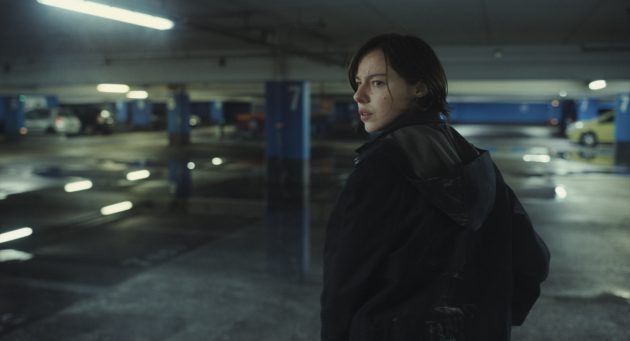

Thanks to this kind of sequence, Drone transforms his flying menace into a real technological boogeyman. The intoxicating beauty of his swirling tracking shots materializes this gaze from which we cannot escape. Previously, those being hunted on the run could still hope for a blind spot, a space that the cameras could miss. What Simon Bouisson films is the most terrifying speed and adaptability of surveillance, which opens the story towards sordid revelations.
We could also criticize the feature film for its somewhat rushed ending, which abandons some of its secondary characters along the way. But this clumsiness is excused in view of the turn of his treasure hunt. Little by little, Emilie finds herself alone, both prey and final girl in a horror film facing this frightening metaphor of an ever more violent and abusive male gaze. In its technological prowess, the machine above all has the ability to dispossess the bodies of others, to reify the lives of everyone. The dizziness (literal and figurative) of drone shots is not only due to their unique appearance. It was time to inject them with meaning and value, and Drone does it in a very beautiful way.
